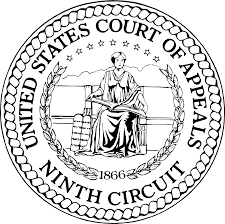The intent to defraud requires more than the intent to do the wrongful act. A defendant must intend to do the act and the defendant must have a “bad” state of mind. If the defendant has a genuine belief that his/her conduct is lawful, there is no crime. But what if the defendant’s belief is in “good faith” but it is absurd ? This special instruction for federal courts, underscores how “good faith” as a defense does not require the belief to be reasonable.
SPECIAL INSTRUCTION 
(Intent to Defraud)
In determining whether or not the defendant acted with an intent to defraud, you may consider whether or not the defendant had a good-faith belief in the truthfulness of representations made by him or her or a good-faith belief that the billings were lawful.
If you find that a defendant had such a belief, the Government has not carried its burden to prove willfulness. This is true even if the good-faith belief is objectively unreasonable.
Authorities
… if Cheek asserted that he truly believed that the Internal Revenue Code did not purport to treat wages as income, and the jury believed him, the Government would not have carried its burden to prove willfulness, however unreasonable a court might deem such a belief. Of course, in deciding whether to credit Cheek’s good-faith belief claim, the jury would be free to consider any admissible evidence from any source showing that Cheek was aware of his duty to file a return and to treat wages as income, including evidence showing his awareness of the relevant provisions of the Code or regulations, of court decisions rejecting his interpretation of the tax law, of authoritative rulings of the Internal Revenue Service, or of any contents of the personal income tax return forms and accompanying instructions that made it plain that wages should be returned as income. [citations]
Cheek v. U.S. (1991) 498 U.S. 192, 202–03 [Emphasis added]